
Commerce Media's New Hope: Our Advertising Week Dispatch


Welcome to Wednesday, futurists.
Can the future of advertising be found in an abandoned Manhattan mall?
That was the looming question on our minds as Future Commerce ventured to The Penn District at the heart of New York City for our first-ever Advertising Week.
Year after year, the event taps into the alluring power of Hollywood celebs, and this year was no exception. The first two days alone brought attendees face-to-face with Kevin Bacon, Kumail Nanjiani, and Natasha Lyonne. Meanwhile, social media-famous faces like Gary Vaynerchuk, Sean Evans, and Katie Feeney promised an inside look at how they built their empires.

While the ghosts of Commerce Past were still visible throughout the building—seen in the signage above many of the staged sessions—Commerce’s impacts were also consistently felt in the ever-present theme of Commerce Media, a theme matched only in mentions of the phrase “at the speed of culture.”
Below are some of the notable (and quotable) takeaways so far, but follow us on LinkedIn and stay tuned for Friday’s newsletter send for more.
— Phillip

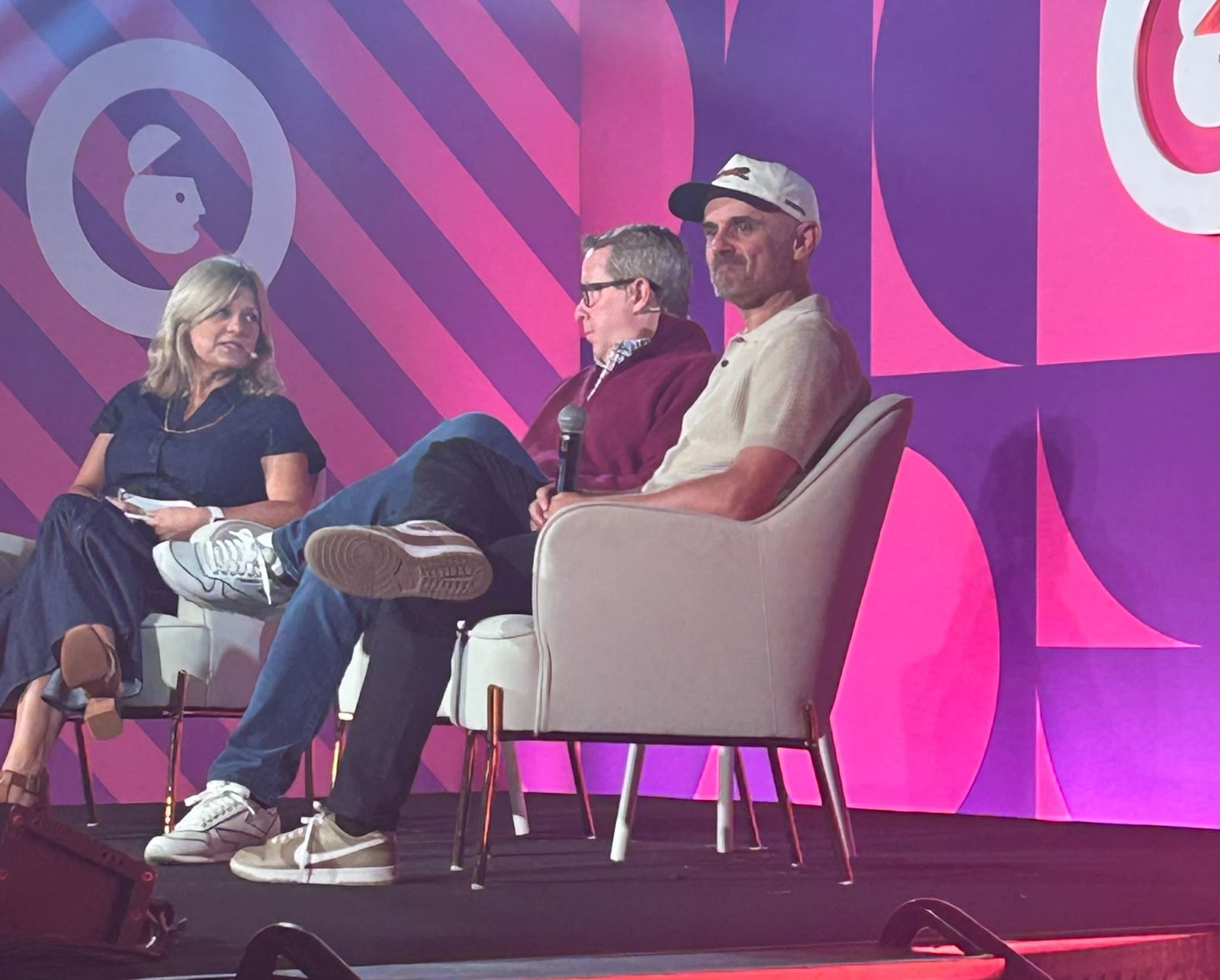
Marketing’s New Era of ‘And.’ PepsiCo had a 15-year relationship with VaynerMedia, but wanted to find a way to work closer so they could better keep pace with the dynamic marketing and advertising landscape. While PepsiCo is known for hiring the best in marketing talent and even developing its own internal marketing studio, CMO Mark Kirkham noted that there was an opportunity to examine what was being done internally, assess capabilities and competencies, and develop a blended model that leveraged its most treasured partner.
“The best companies all have great marketers, but in today's world, you need an ecosystem that actually works together symbiotically, and it's not as easy as just briefing an agency. You need to have shared KPIs, shared business interests, shared partnerships, and shared ethos, and that's what we've done,” Kirkham said. Only six months into his role, Kirkham explained that “it’s OK to blow shit up. It's okay if you look at things differently. It's okay if you realize that this model might make you work better if you actually partner, and that's what we did.”
But this new studio is far more than a creative arm; it is a production company “that happens to do creative strategy and media,” according to Gary Vaynerchuk, a distinction that he believes points to a new reality for this industry. “The separation of creative and production is really over. The great production companies of our industry are going to have to start understanding how to do creative work, and the great creative agencies are going to have to start doing production. If you understand distribution models that are in place now, the AI algorithms and social, the way even Spotify or other platforms work, including CTV and YouTube, we're just not in the luxury of not having that be a reality.”
The VaynerMedia team brings an outside perspective while fully embedding itself into the brand vision and operations. The team has a distinct point of view as well as knowledge of emerging AI and LLM dynamics that add a competitive edge to the PepsiCo org, which has significant size and budget. Not to mention, VaynerMedia’s expertise in “interest media,” which connects users to content that aligns with their interests and behaviors, not just the accounts they follow.
Together, the companies have accelerated the speed of campaign creation by 5x, increased content volume by 3x, and increased shares and content engagement by 50% to 70%, depending on the brand.
“Sometimes, the stuff doesn’t work as well as we thought, but that’s OK,” Kirkham noted. “We sit once a month or quarter and go through everything. If it doesn’t work, we shift. This past summer, it was a group of shared, amazing talent, who together, with the shared objective of building our brands and selling products, were able to come up with even stronger ideas.”

The YouTube-ification of Audio. Podcast strategy, and more specifically, measurement, was a consistent throughline in sessions, with many noting that an effective strategy takes far more than advertising on the most popular shows. Allison Stadd, CMO of dog food brand Ollie, explained how her team considers the broader market fit, taking into account the lifestyles and adjacent interests of target customers. For example, married “elder Millennial” women with kids are a big target for the brand, so true crime shows are a natural platform for its advertising campaigns.
However, the broader trend recognized among most speakers was that podcast engagement is no longer confined to earbuds. A growing number of consumers are engaging with simulcasts on YouTube, which makes ad strategy and measurement more complex.
“We’re definitely seeing the addition of YouTube as this new extension of podcasting: about 35% of people are listening on YouTube versus a traditional app,” said Matt Bahr, Co-Founder and CEO of Fairing, our partners for the Future Commerce Plus Word of Mouth Index. “The second thing is there’s a pretty wide standard deviation around the average percent of conversions that come from audio. Some brands find the perfect audience-pod fit, and audio just crushes. We work with 2,500 brands, and about 40 or 50 of them have podcasts as the number-one referral source of new customers. And that’s beating out Meta, which is ridiculous.”
Miranda Dias, Growth Marketing Manager of Audio for 3Z Brands, which represents sleep brands like Bear and Helix, explained that “360 campaigns,” which span audio podcasting, YouTube, social media, and even site and newsletter advertising, can help brands optimize their investments and ensure their messages are hitting audiences several times throughout the campaign cycle.

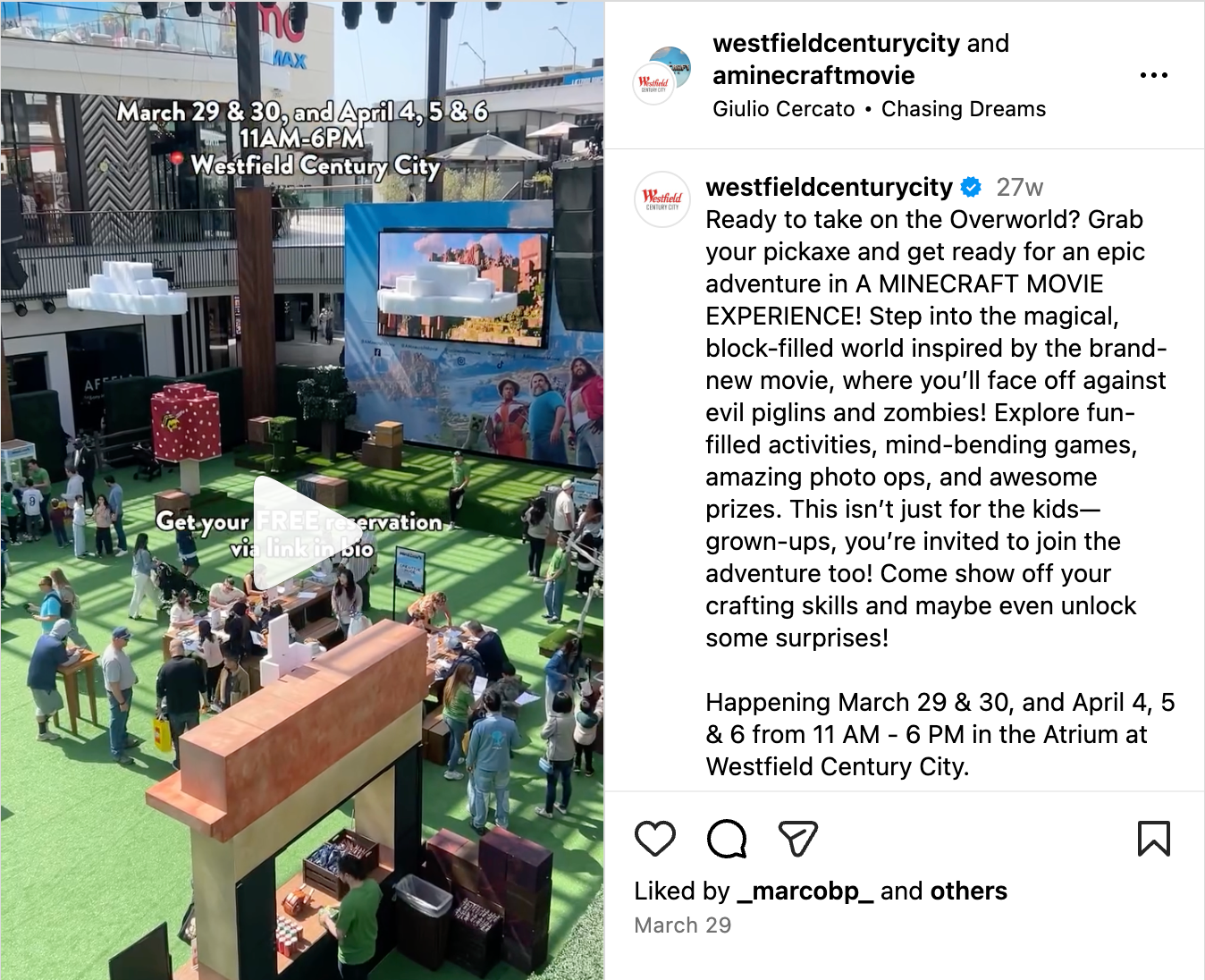
Even Online Games Need Physical Experiences. We’ve explored the psychology behind A Minecraft Movie and how it became a social media phenomenon, but an expanded area of discovery connects to how physical experiences helped bring the fandom together and activate them on a whole new level during the film’s launch.
Brian Lange has previously noted that the film is an example of low-fidelity or “cool media” that demands high levels of audience participation. That is why we saw so many young audiences flock to movie theaters to throw popcorn. But during a session with Warner Bros. and Westfield Rise, the in-house media and experiential team from Unibail-Rodamco-Westfield (URW), we discovered how physical activations (another “cool media” format) support worldbuilding and serve as intentional gathering spaces for fans.
The companies collaborated on A Minecraft Movie Experience at Westfield Century City, which brought consumers into the Overworld and allowed them to interact with characters, eat at Steve’s Lava Chicken, play Minecrafter at an Xbox station with other fans, and customize their own swords. Over the course of the activation, which ran only five days, 13,000 people visited the experience. “That’s 530 per hour really interacting with your brand, taking home a memory, and also passing on the word of mouth, which is huge,” said Jade Alex, Executive Director of Global Events and Publicity at Warner Bros. And with 98% of Gen Z consumers actively sharing their IRL experiences online, the compounding effect is significant.
Beyond this marquee event in LA, Warner Bros. hosted several micro-events across the US. Although they weren’t quite as immersive as the LA installment, the grassroots efforts to connect with fans had a direct impact on the film’s $300 million opening weekend worldwide. “We had a number in mind, as all studios do, and then every day, it just kept getting bigger and bigger. All those grassroots efforts are underrated,” explained Wendy Kupsis-Robino, SVP of Marketing Events and Publicity for Warner Bros.
Proving ROI is great, but as Alex noted: “You can’t really quantify the joy you see on these kids’ faces or families claiming it was the best day ever.”
🛍️ As our friend, Retail Realist Kate Fannin, has said time and time again, “people buy things, but they pay for experiences.” We developed our Senses Matrix to better categorize and quantify how brands are tapping into sensory immersion to create these best-in-class experiences. And we are working closely with Fannin on Field Notes to provide in-depth analysis on how brands are applying some of the same practices as the Minecraft activation to drive Return on Experience. Get the playbook of Swatch, Whole Foods, and other leading brands now.


When Ice Cream Becomes Cultural Capital. For SharkNinja, creators are far more than content engines. They’re co-innovators.
Operating in 40 different categories across beauty, kitchen, and home, the company has significant creative freedom to test and collaborate with creator partners ranging from big-name celebrities like Tony Hawk, all the way downstream to nano-influencers.
The creator engine driving the market success of SharkNinja’s CREAMi showcased this power firsthand, according to Stacy Carpenter, VP of Global Social Media at SharkNinja. Launched in the early post-COVID era, consumers were still nesting but also exploring new trends, such as fruit- and protein-based recipes. The company initially targeted its typical base of moms and cooking enthusiasts, but the fitness community ultimately took the product and ran with it.
“At the time, macros and protein were really starting to ramp up,” Carpenter explained. “People were trying to pack protein into everything they were making. And so the protein ice cream craze was born, it blew up, and it effectively made the CREAMi go viral. It became a subculture conversation that grew and grew, and then it transitioned into not just the fitness community, but also moms and college kids. It's our biggest global seller, and we saw a lot of Google search intent remain high, so we didn’t have to put media on against this product for a while; the community did it for us. Even today, the size of the CREAMi conversation on Reddit is larger than the conversation about ice cream. If you need a measure of exact cultural capital, when your product becomes a verb, you can’t get better than that.”
🔮 Want to learn more about how the creator economy is creating a new authenticity paradox? Check out Insiders #189, which also shares some tips to help brands find the right partners for their campaigns.

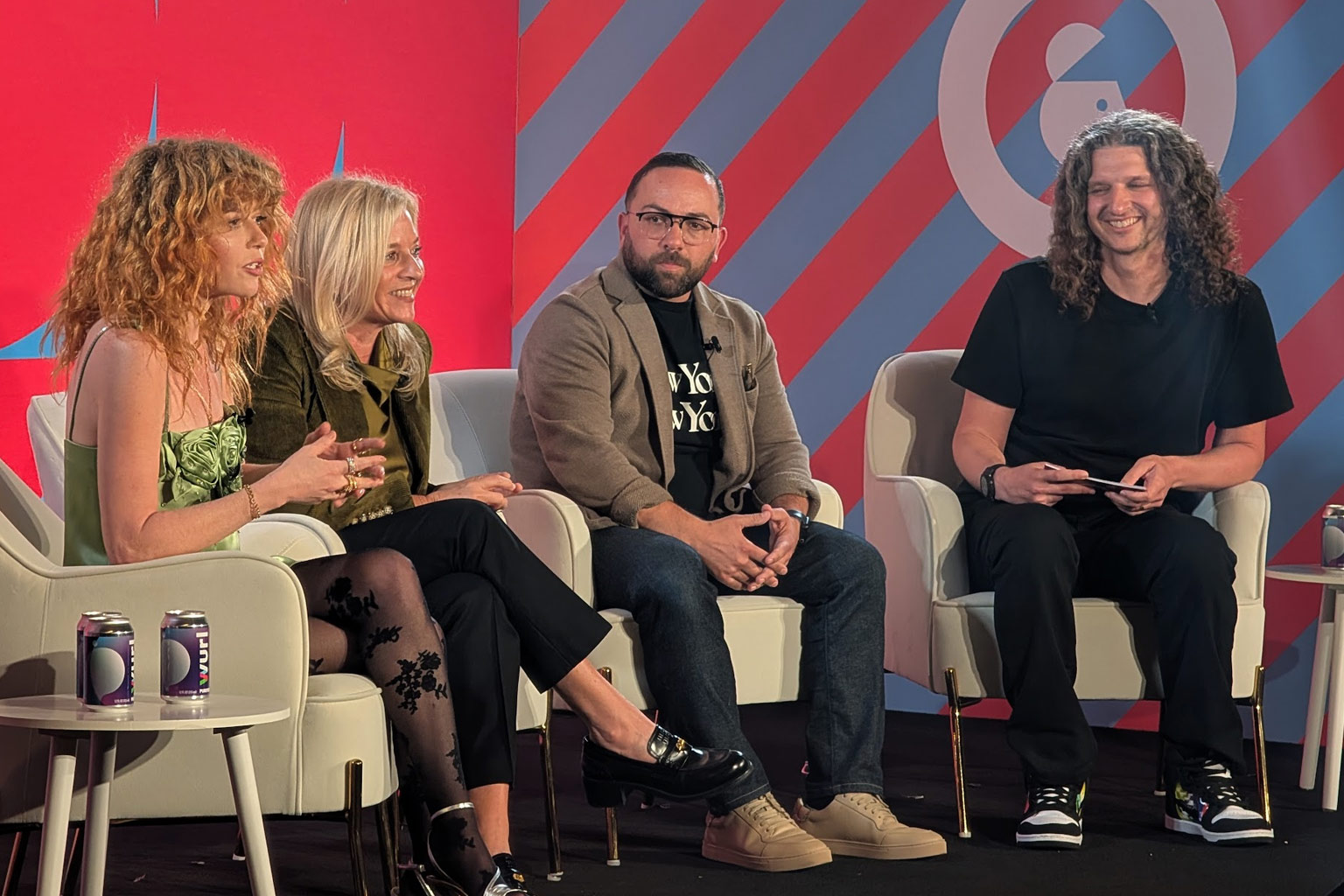
Hearts vs. Machines. “In this next era, we need to win hearts and machines,” Unilever's Chief Growth and Marketing Officer Esi Eggleston Bracey told her team at Cannes. The directive landed like a bomb, according to Aaron Sobol, who oversees media investment in North America at Unilever. Speaking on stage at Advertising Week alongside Emmy-winning actor Natasha Lyonne and executives from DirecTV and The Trade Desk, Sobel explained that creative excellence alone won't surface brands in culture.
Marketers need technical sophistication to navigate platform algorithms, optimize for discovery, and react to what's "popping" on social in real time.
The old playbook of pulling weekly TV rankers to guide media buys? That’s long-dead in the streaming era, according to Sobol, and we’re heading into even more uncharted territory in the age of Sora and Vibes.
However, Lyonne wasn't buying the rosy narrative about the algorithm. “If you're on Instagram and you pause for three cats, you're just gonna get seven more cats,” she countered, questioning whether choice actually expands or constrains discovery. Sobol's glass-half-full response captured the tension: yes, algorithms shape what surfaces, but brands have no choice but to master them.
“You need to be tech-oriented,” he said. Translation: the machines are winning for the moment. Will hearts soon follow?
Lyonne would know a thing or two about algorithms; she launched the AI film studio Asteria in March of this year.








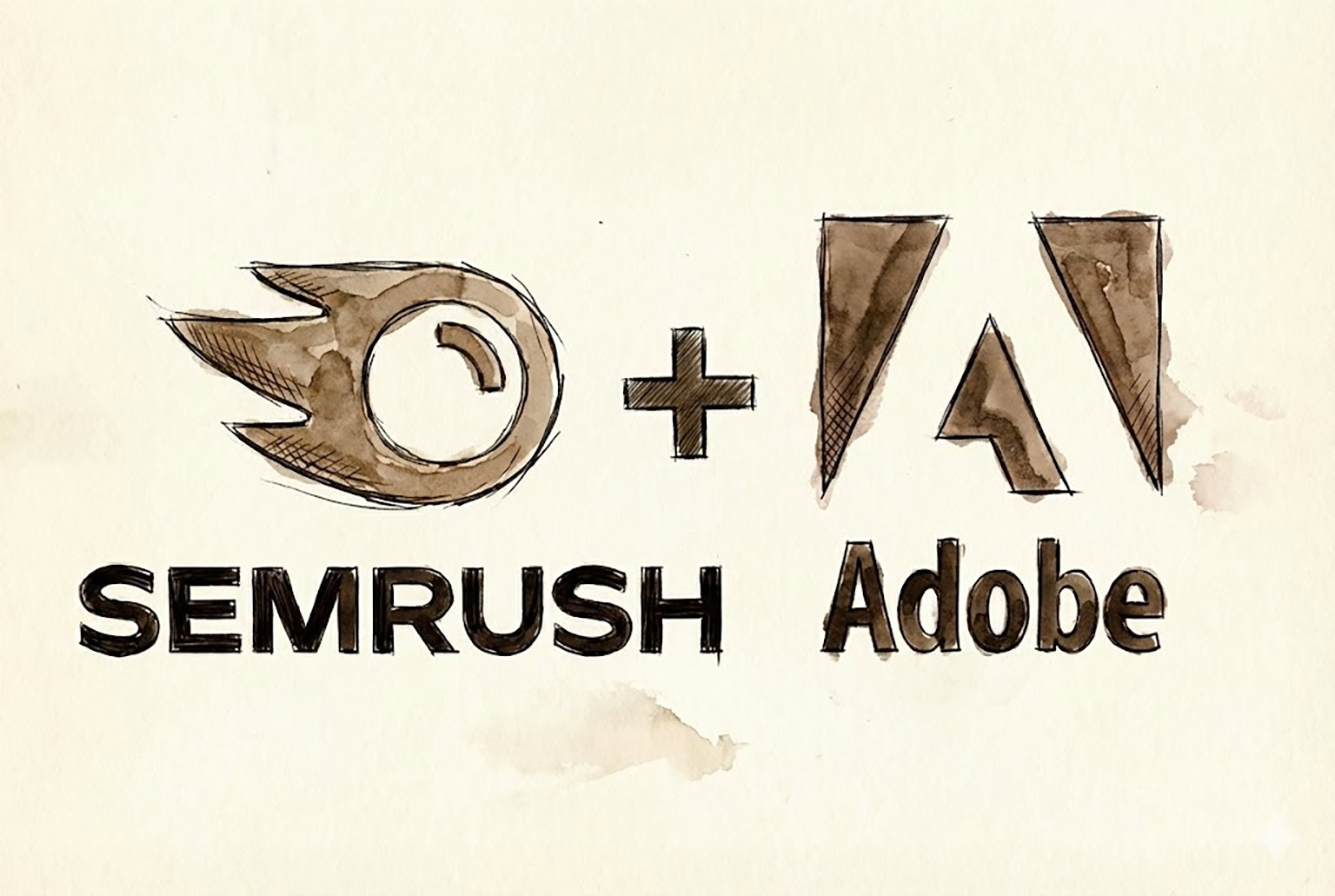
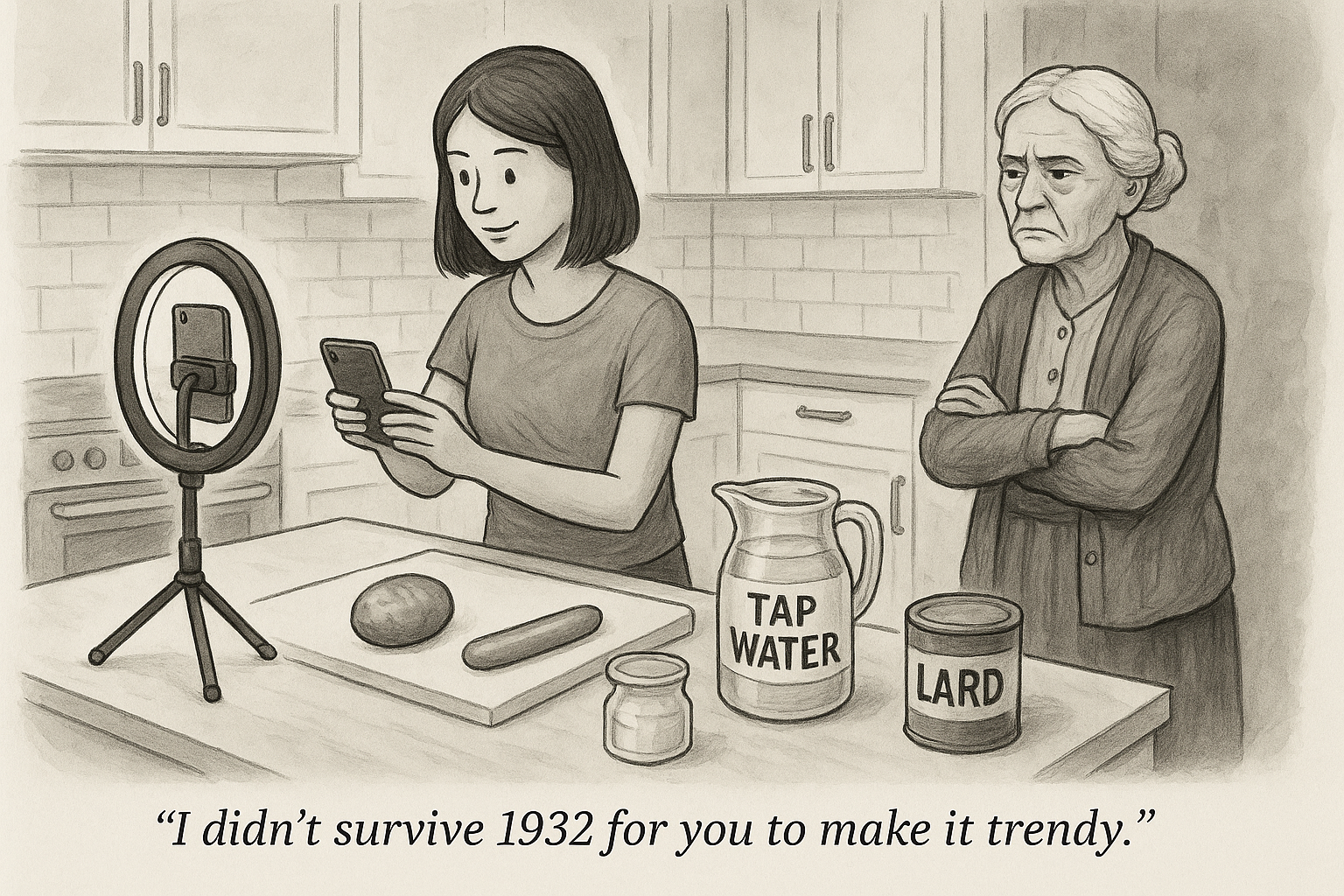
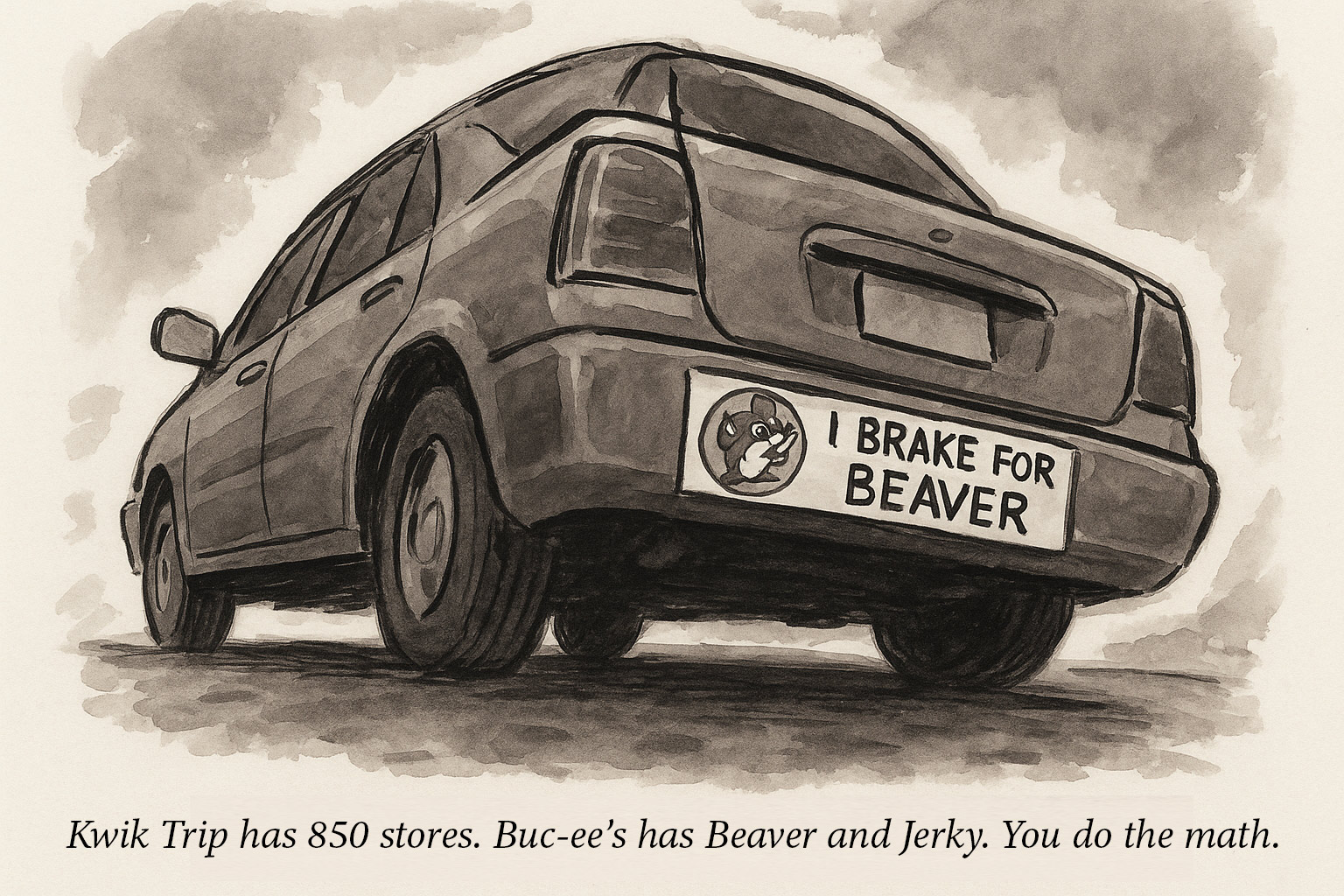
.svg)
